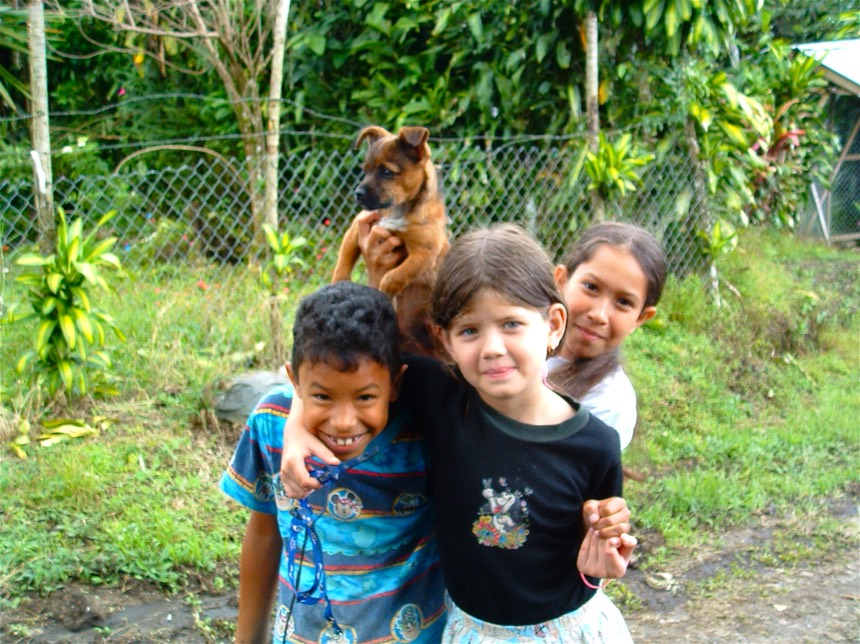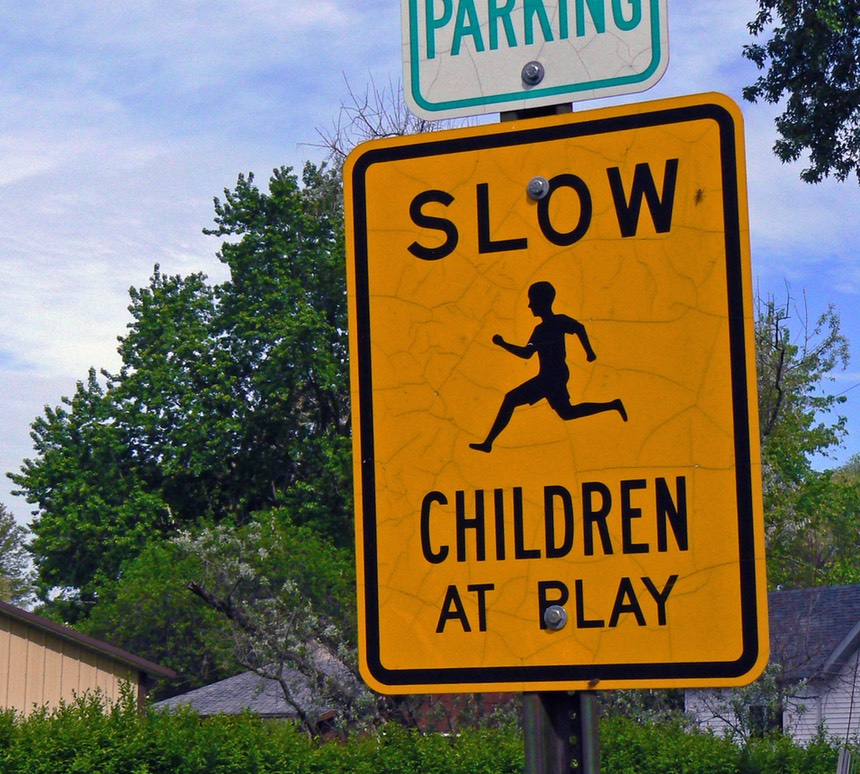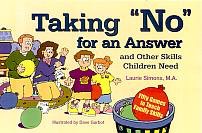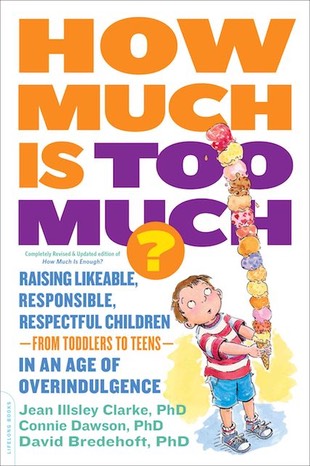“Can we play now?” Clarissa was perplexed. Why did her children ask to play? They had been at Saturday swim classes all morning and their mom had spent the entire afternoon playing with them. They had played a competitive math game with flashcards. Clarissa had taught them three Taking No For An Answer games: Follow Me, Follow You, Traffic Cop, and Red Light, Green Light. They had gone on a nature walk to see how many different kinds of birds they could spot.

All of that had been fun. At least Clarissa hoped so. Truth to tell, she was getting tired when Mason declared he was bored with birds and Madison whined, “Can we play now?”
“But we have been playing all afternoon,” Clarissa snapped, perplexed and slightly irritated. Well, more then slightly. “What do you want to play now?”
“Just play, Mom. We want to play.”
All the “play” they did with Mom was important. It strengthened connections with Mom, and it was good learning time. But adult directed activities need to be balanced with child directed free play, the time children consider to be real play.
Mason and Madison needed some time for (real) free play. Time for them to select an activity, engage in it, create their own play scenario (free of adult direction), and bring the activity to closure. This need for free play time spans the childhood years.
Infants need some time to themselves. Babies who are entertained fulltime fail to develop self-comforting skills.

Toddlers must have free time to explore the environment—to touch, drop, taste, wiggle, throw, stack, smell, and listen to a wide variety of safe objects, and yes, people. Important brain-building activities.
Two-year-olds need free time to practice their newfound physical capabilities, to struggle and master.
Three to five-year-olds need free play time to explore their own creativity and their relationships with peers, real or imaginary.
School-age children must have free time to develop and test their knowledge of rules. Who makes them? Who follows them? What happens if you follow them? Break them? All the learning that happens when two-thirds of a softball game is spent arguing. That can’t happen when an adult coach is running the show.
Adolescents need time to explore their relationships, to think about their values, to dream or dread about their futures.
Free playtime is not time controlled by the TV or game scenarios. It is time controlled by the children themselves and if they have lost the skill of doing that, adults need to act to alter the children’s schedules.
How?
· Time to play out of doors.
· Less TV, video, games, and plugged in earphones.
· Fewer lessons, organized sports, clubs, volunteer activities.
Are those activities bad? Not necessarily. Just carve out enough time for free play.
Bergen (1988) views the difference between work and play in early childhood programs as a continuum from free play to work. For each of the five types of play or work activity, there is a corresponding type of learning that occurs. On this spectrum, free play corresponds to discovery learning, guided play (the nature walk) to guided discovery learning, directed play (adult guided games) to receptive learning, work disguised as play (math flashcards) to rote learning, and work to drill-repetitive practice.

How much free playtime does your child need? It varies with the temperament of the child, but we can safely plan for half-an-hour to one hour of free playtime every day.
In the overindulgence studies adults who had been overindulged as children complained about being over-scheduled with not enough free time for themselves.
There is more help about avoiding overindulgence in How Much is Too Much? Raising Likeable, Responsible, Respectful Children – From Toddlers To Teens – In An Age of Overindulgence (2014, DaCapo Press Lifelong Books).
All photos from MorgueFile free photo.
2 From MnAEYC News, Spring Edition, 2006, Young Children’s Perceptions of Play, by Deborah Ceglowski.


